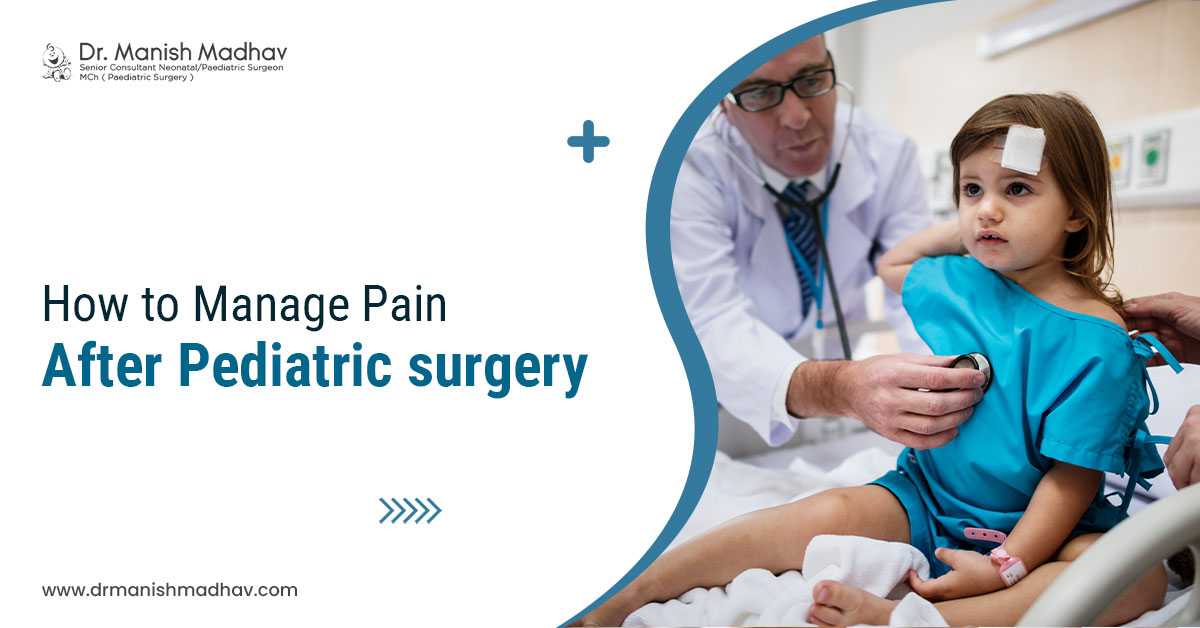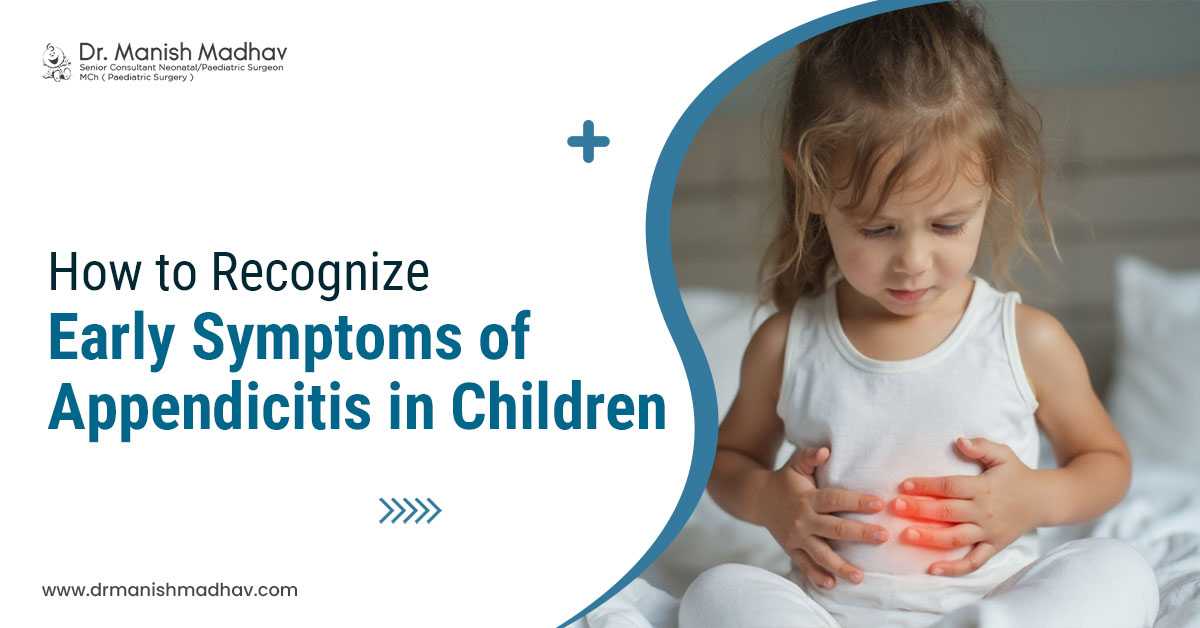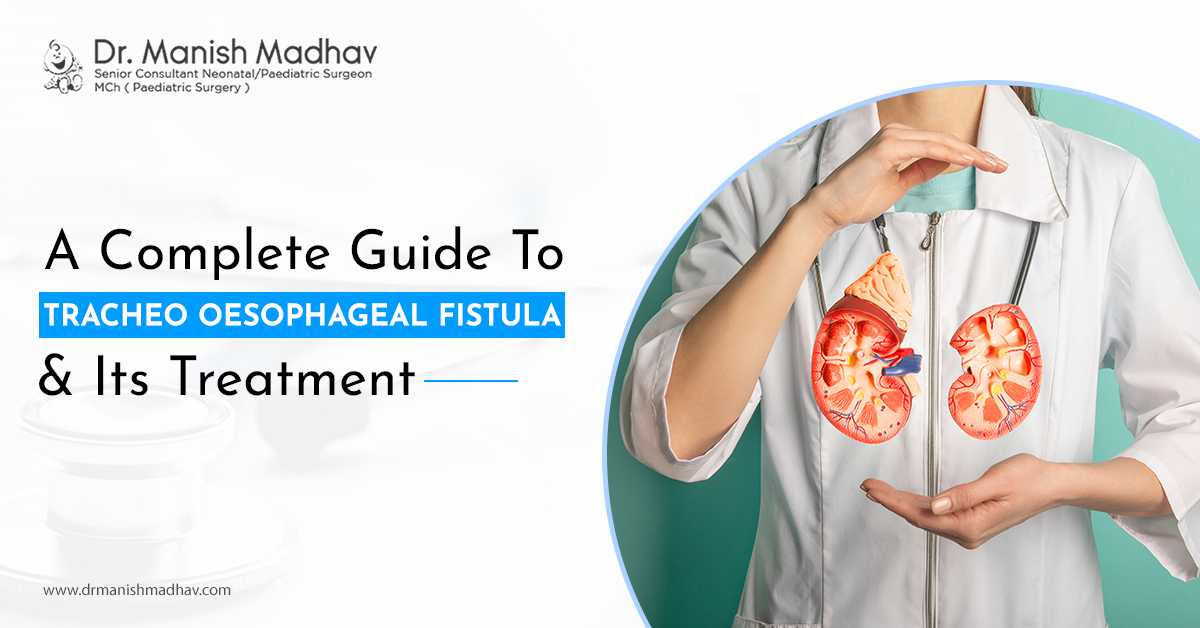A tracheoesophageal fistula (TEF) is an irregular trache-esophageal junction. The disorder is often congenital, meaning it develops during fetal development. Adults may potentially develop TEF because of trauma, infection, or malignancy. Surgery is used as part of tracheo oesophageal fistula treatment in Siliguri to seal the fistula.
Tracheoesophageal Fistula Types
TEFs are often divided into five categories by medical professionals. Type C instances make up the great bulk of cases. TEFs are classified according to their formation date in addition to these five categories. The majority are congenital, which means they developed during fetal development. TEFs do, however, very rarely develop later in life; they are often the result of cancer therapy, an infection, or an accident or trauma.
Type A
This kind lacks TEF and has an esophageal atresia (EA). It happens in around 8% of instances.
Type B
This uncommon variety of esophagitis terminates in a blind pouch at the bottom, and a TEF joins the upper part of the esophagus to your windpipe. About 2% of cases are type B.
Type C
The most prevalent kind is this one. About 85% of newborns with a TEF experience it. This esophagus form has a TEF connecting the lower portion to the windpipe, while the top section terminates in a blind pouch.
Type D
This kind is the rarest. Less than 1% of cases have it. In this form, the TEF connects the windpipe and the upper and lower segments of the esophagus.
Type E
This fistula, called an H-type, has a typical esophageal-to-stomach connection. A TEF connects the windpipe and esophagus at the same time. In 4% of situations, this kind happens.
How Often Is The Fistula Tracheoesophageal?
In the US, tracheoesophageal fistula is thought to afflict one out of every 3,000 to 5,000 babies born. About half of infants with TEF or EA also have another congenital disorder.
Adult-onset acquired tracheoesophageal fistulas are uncommon. Adults with congenital tracheoesophageal fistulas occur quite seldom. This indicates that while they had the illness from birth, they did not show any symptoms at all until later in life.
How May A Fistula In The Tracheoesophagus Be Treated?
Surgery must be used to address TEFs. The trachea and esophagus are rejoined during the procedure. Surgery typically occurs 24 to 48 hours after delivery, barring any further problems your baby may have, including a heart condition or an infection. A group of experts manages TEF procedures. This team comprises surgeons, cardiologists, intensive care unit (ICU) nurses, and pediatricians.
During the tracheo oesophageal fistula treatment in Siliguri procedure, your child will be put under general anesthesia, and they will need to recuperate in the newborn ICU (NICU). Surgeons have long carried out TEF repairs. There is a lower chance of survival for babies who were born underweight or with heart abnormalities.
Complications are possible after tracheoesophageal fistula repair, just as with any surgical surgery. Anastomotic leaks, which occur when fluid escapes from the junction of the esophagus and trachea, esophageal strictures, which are aberrant constrictions of the esophagus, and laryngeal nerve injury, are among the potential hazards.




